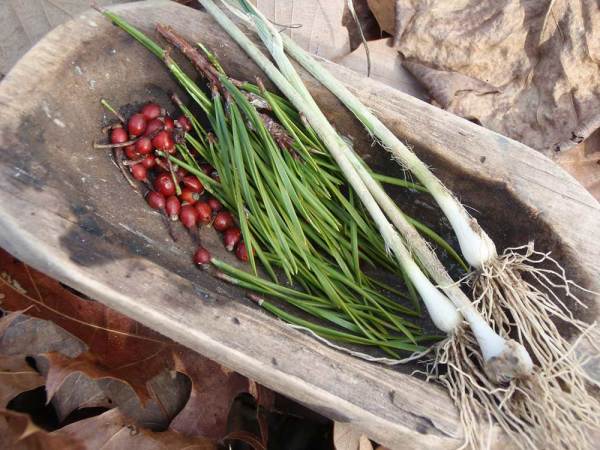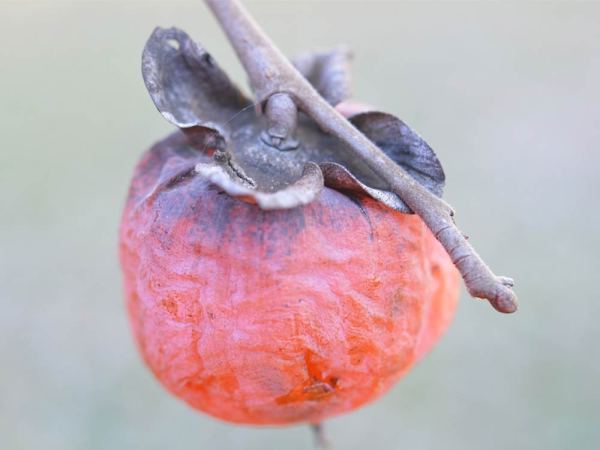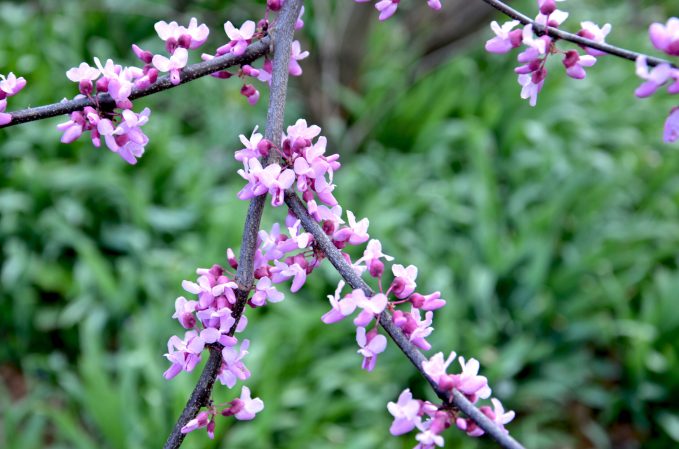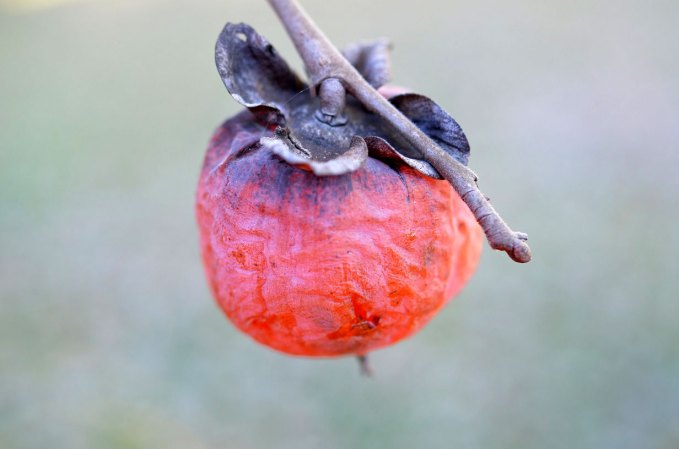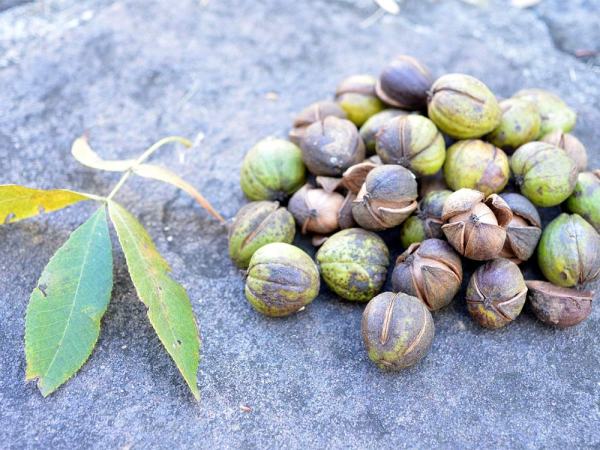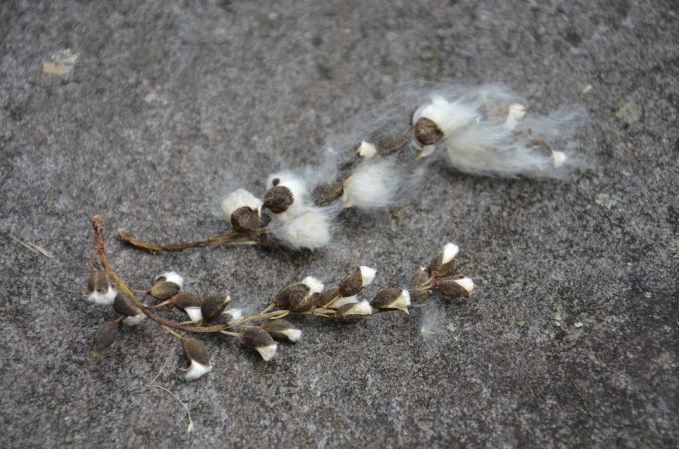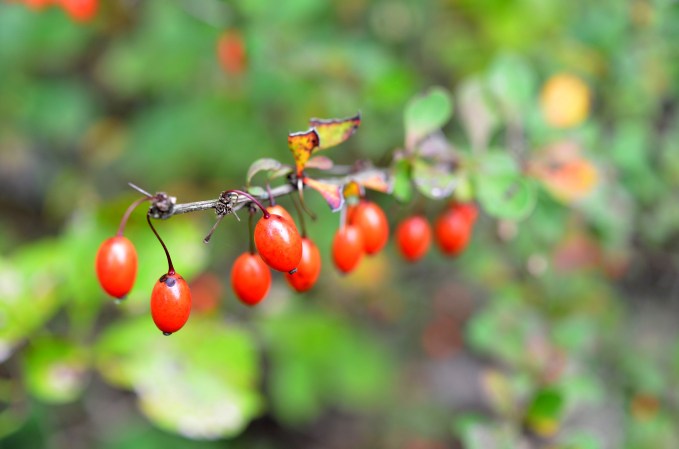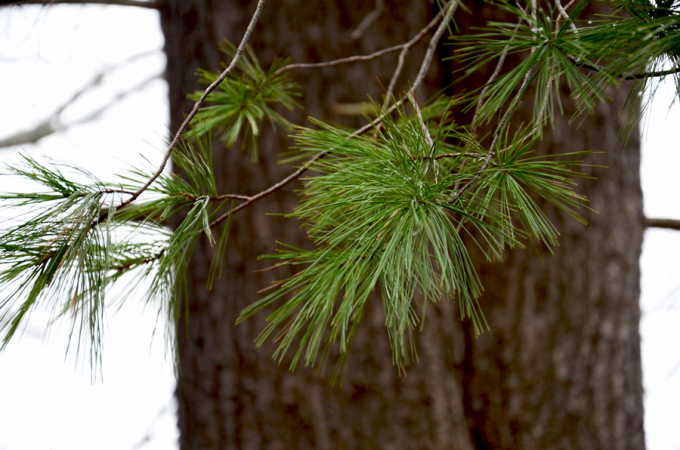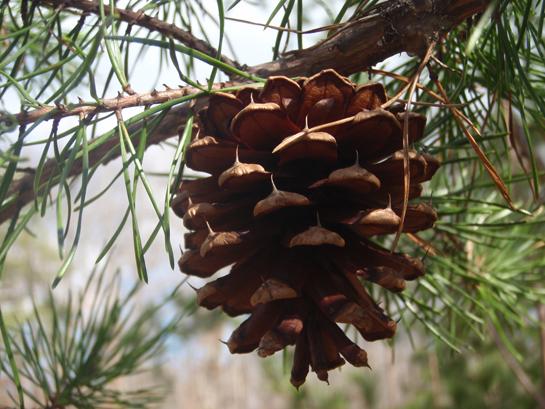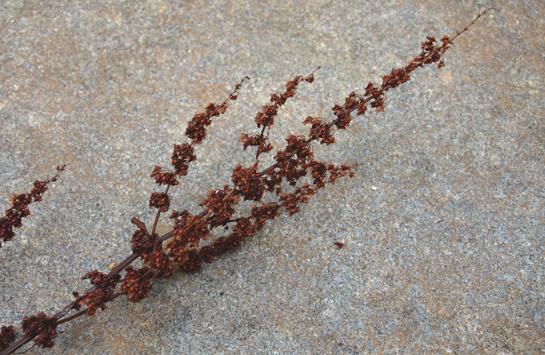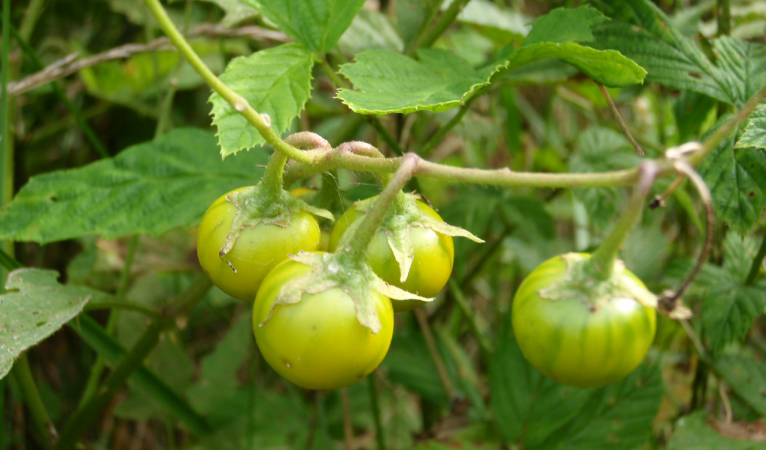Some mammals, like mice, can produce their own vitamin C inside their bodies. Unfortunately, human beings are not on that list of critters. We need vitamin C, which we get from outside sources, because it performs such an important variety of functions in the body, including increasing immune system health, tissue repair, and iron absorption. Without enough vitamin C we can develop symptoms of scurvy, such as fatigue, weakness, capillary fragility, and gum disease.
Fortunately, if you ever get stuck somewhere away from your normal food supply, there are several great sources of vitamin C in winter edible plants.
The highest source of “C” per ounce of food is the wild rose hip. One cup contains 162 calories and 7 times your daily need of vitamin C. Rose hips are also a good source of vitamin E (alpha tocopherol), vitamin K, calcium, and magnesium, and a very good source of dietary fiber, vitamin A, and manganese. To avoid getting the wrong fruit or berry, look for semi-evergreen compound leaves and thorns on the rose bushes. The red rose hips should also be branching upward, not dangling. These red fruits don’t have much inside them besides the indigestible seeds. However, the skin and a little bit of pulp contain a significant amount of vitamin C and have a sweet flavor. The pulp often reminds me of fruit leather.
A personal favorite wild fruit, the persimmon, is one of the best tasting things in winter…if you can beat the animals to this dwindling crop. As the temperatures turn colder, these orange-colored fruits sweeten and become even more attractive to wildlife. Here in Virginia, I still find them hanging on the tree in January. But once they turn from bitter to sweet, the supply disappears quickly. The species name of this fruit is diospyros, which means “food of the gods”. If you think that’s overselling the fruit, you are wrong. The completely ripe, native persimmon fruits are a sticky, gooey sweet treasure trove. The fruits of this eastern tree have 127 calories and a full day’s vitamin C per cup of pulp. Before ripened, they are very bitter and will give you a strong case of cotton mouth. Look for very wrinkled fruits in late October. Generally, the rougher they look, the sweeter they are.
Another great winter edible plant part is the pine needle. It does come with a warning, though. Make sure you avoid the loblolly pine on the east coast and the ponderosa pine on the west coast, as these may be toxic. And don’t consume any species of pine needle tea if you are pregnant, as it may cause premature birth. After you positively identify a friendly pine, chop up a tablespoon of needles and soak them in scalding-hot water for ten minutes to get four to five times your daily requirement of vitamin C.
A respectable field guide can be indispensable. My pick is Peterson’s Field Guide to Edible Wild Plants. Although it is advertised as an eastern plant book, it works well on the west coast, too. In fact, many of the plants in this book are not native to America, and are scattered across the globe.
Tell us about your favorite wild plant to eat in winter in the comments. Good luck and safe foraging.
